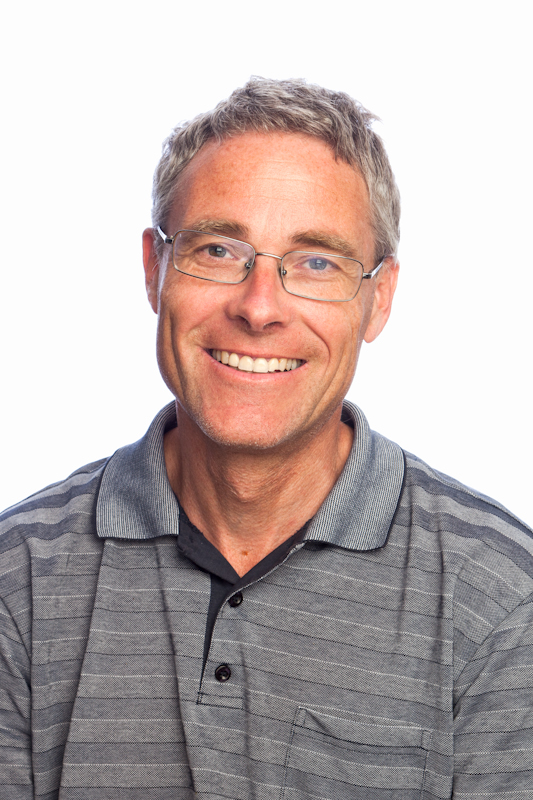Alumni Spotlight: Øystein Kravdal about the associations between family situation and health

Øystein Kravdal is the alumni of the month for April.

One of the two brains behind this recent finding is Øystein Kravdal, who back in 2006/07 led the CAS project Changing Family Patterns in Norway and other Industrialized Countries: Determinants, Consequences and Projected Trends, together with Nico Willem Keilman (University in Oslo, UiO).
Today, he juggles between a position at the Norwegian Institute of Public Health and the University of Oslo (UiO), where he continues his work on health and family situations.
We asked him about his time at CAS and about his current research.
Why did you apply for CAS?
I had barely heard about CAS when a former CAS board leader contacted me and asked whether I would be interested in sending an application, perhaps in collaboration with a colleague. It was obvious from what he told us that this was an attractive place to spend a year!
What do you remember best from your year at CAS?
The absence of teaching obligations, the close collaboration with several good colleagues (which also led to a further strengthening of these connections that I have benefited greatly from later), and the exceptionally nice and helpful administrative staff. It was definitely my best work year!
One of the projects you´re part of at the Norwegian Institute of Public Health (Folkehelseinstituttet) is “Reproduction, partner disruption and health”. It seems relevant for your research at CAS 12 years ago! How did your project develop after the year at CAS?
The associations between family situation and health had already been one of my main research areas for 15 years when I started the CAS project, and I have given even higher priority to such studies afterwards. In recent years, I have had access to richer data than I had at CAS, in particular data on medication purchases and hospital admissions.
What are you currently working on?
Earlier this year I published (with one of our guests at CAS) a paper on how children’s age at their parents’ divorce affects their use of antidepressants as adults. I am at the moment analyzing how the mother’s age affects the child’s birth weight and how a pregnancy influences the chance of developing Crohn’s disease. I am also about to publish a paper about a methodological problem that arises in studies of effects of maternal age. Last year, I was particularly interested in the mortality gap between those who are married and those who are not. The latter have always had a higher mortality, but this difference has increased strongly over recent decades – in Norway and some other countries – in spite of the larger proportion cohabitants among the non-married. We still know very little about the reasons for this development.
What advice do you have for future CAS project leaders?
I did not make sufficiently detailed plans about collaboration with everyone, so a few of our guests contributed less to the project than I had expected (although I think it is reasonable to say that the total production nevertheless was good enough). There may be something for others to learn from this.
CAS congratulates Øystein Kravdal, who turned 60 in April!